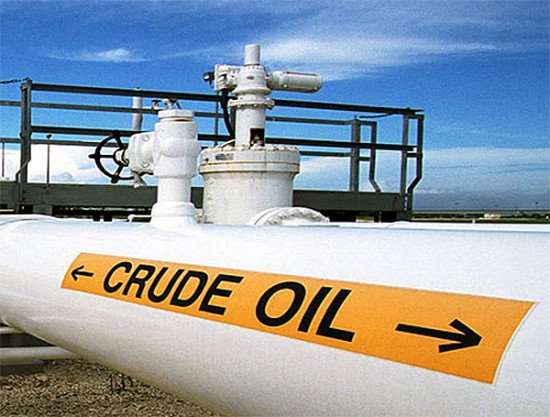Nigeria’s capacity to improve its crude oil production despite a higher price regime, remains undermined by deteriorating production capacity and technical disruptions, even as the Organisation of Petroleum Exporting Countries (OPEC) adjusts global demand potential.
OPEC’s latest Monthly Oil Market Report (MOMR), published yesterday, showed that Nigeria pumped 1.27 million barrels per day (mbpd) last month, lower than 1.38mbpd in July.
Oil has continued to trade above $70 a barrel, with Nigeria unable to take advantage of the rally due to fuel subsidy and poor production capacity.
According to the 2021 crude oil and condensate production report released by the Department of Petroleum Resources (DPR), Nigeria’s crude fell from an average 1.36 million barrels per day in January to 1.23 million b/d in August, representing a nine percent decline.
The DPR report revealed that difficulties in some oil terminals caused the decline in Nigeria’s oil output. In August, Shell Petroleum Development Company of Nigeria declared force majeure on Forcados crude oil.
Shell’s decision to declare a force majeure on the oil terminal is reportedly due to “the curtailment of production and suspension of export operations as a result of some sheen noticed on the water around the loading buoy” — indicating a case of an oil spill.
According to the DPR report, crude oil production at Forcados terminal dropped consecutively since June — slumped from 5.7 million barrels in July to an average of 2 million barrels in August.
With the decline, Nigeria’s oil production falls below the production cap under the OPEC+ deal at 1.596 million b/d for the month under review.
Continued decline in output volume puts overwhelming pressure on the external reserves position of the country. As observed in the 2021 performance up to May, the 2022-2024 Medium Term Expenditure Framework Fiscal Strategy document (MTEF/FSP) showed that inflation, subsidy payments, and weaker-than-expected economic performance continue to threaten government’s ambitious revenue growth targets.
Specifically, government’s revenue from January to May 2021 was N1.8 trillion, a 33.3 per cent shortfall of the budgeted amount, compared to an expenditure profile of N4.86 trillion, representing 92.7 per cent of the prorated budget. This has pushed the deficit to N3 trillion already at the end of May, over half of the N5.6 trillion projected for the year.
If Nigeria is able to ramp up crude oil sales to the 2022 assigned levels of 1.8 million barrels per day, the nation’s earnings might improve, inadvertently strengthening the stability of the exchange rate and ability to repay foreign loans.
The Director of the Department of Petroleum Resources (DPR), Sarki Auwalu, recently said optimisation of Nigeria’s oil production processes is crucial in the nation’s economic recovery drive.
OPEC yesterday, pegged oil demand in 2022 at 100.83 million barrels a day, up by 4.15mb/d from 2021 and a steep hike from the 3.28mn b/d growth projection it made last month.
The cartel hinged the adjustment on a stronger pace of demand recovery and a “steady” economic outlook in all regions. With lingering challenges in the country and worries about rising subsidy claims, there are concerns about Nigeria’s inability to ramp up production.



